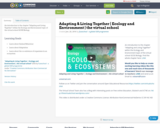
An introduction to the chapter "Adapting and Living Together" within the Ecology and Environment topic of the virtual school GCSE Biology.
- Material Type:
- Diagram/Illustration
- Lecture
- Syllabus
- Unit of Study
- Date Added:
- 02/21/2013

An introduction to the chapter "Adapting and Living Together" within the Ecology and Environment topic of the virtual school GCSE Biology.

Students are introduced to the classification of animals and animal interactions. Students also learn why engineers need to know about animals and how they use that knowledge to design technologies that help other animals and/or humans. This lesson is part of a series of six lessons in which students use their growing understanding of various environments and the engineering design process, to design and create their own model biodome ecosystems.
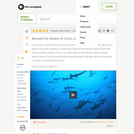
Cocos Island, a remote volcanic summit in the middle of the Pacific Ocean, serves as a beacon for hungry predators, including thousands of hammerhead sharks that travel here each year in search of prey. This video segment from NOVA: "Island of Sharks" depicts some of the common predator-prey interactions that take place in the nutrient-rich waters surrounding the island.

After making observations and inferences about predator-prey relationships in their schoolyard, students work together to build food chains of the organisms they observe.
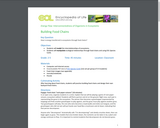
After learning about food chains, students practice building food chains and design their own backyard food chains.

Students will be introduceed to the food chain and begin to develop an understanding of how the energy flows from one organism to another.
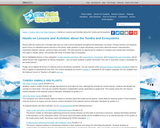
This article highlights hands-on or multimedia lesson plans about the tundra and ecosystem concepts. Science lessons are paired with suggested literacy lesson plans. All lessons are aligned to national standards.
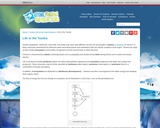
This article discuss basic ecological concepts such as food chains and webs within the context of the tundra.